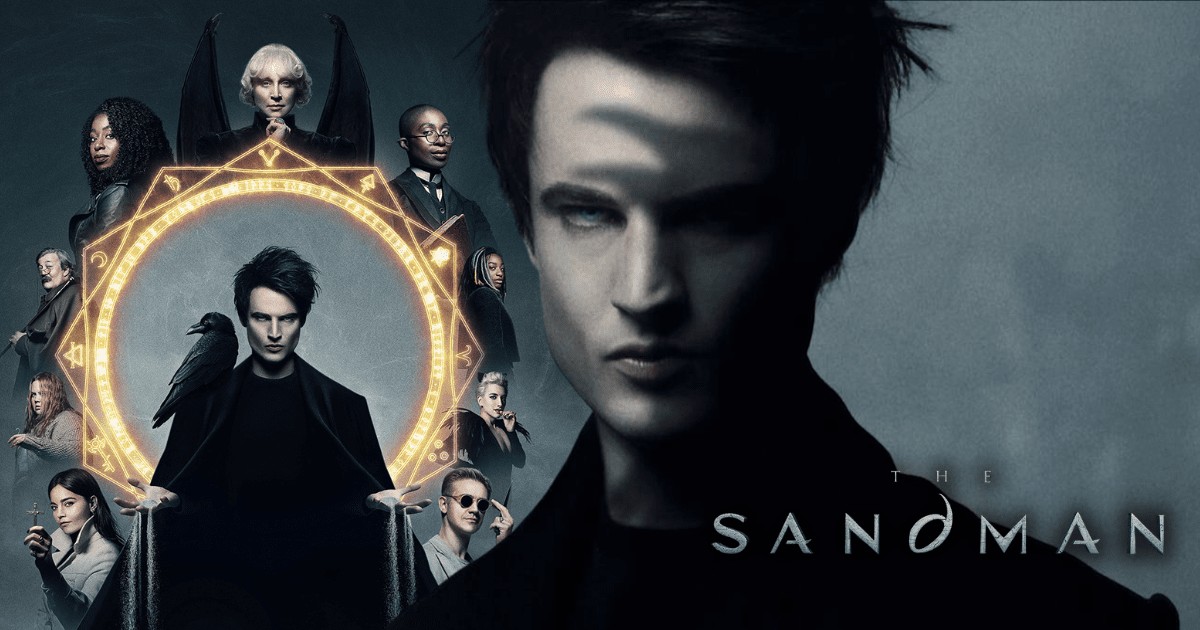In the fantastical realm of The Sandman, where gods and mortals intertwine, the narrative unveils a poignant tale of love, sacrifice, and familial bonds. A pivotal moment unfolds in season two as protagonist Dream faces an excruciating decision that defies divine laws to save his beloved son.
The storyline delves into the complex dynamic between Dream, also known as Morpheus, and his estranged son Orpheus, played by Ruairi O’Connor. Against the backdrop of ancient myths and timeless tragedies, their relationship is tested in ways that challenge not only their roles as godlike beings but also as father and son.
As the plot unravels through episodes five and six of Part 1, viewers are drawn into a world where familial ties are strained by destiny’s cruel hand. The narrative draws inspiration from DC Comics’ rich lore in the Sandman series while adding layers of emotional depth to characters like Dream and Orpheus.
At its core, the heart-wrenching saga explores themes of loss, redemption, and the enduring power of love. Through Orpheus’ journey to reclaim his lost love Eurydice from the clutches of death itself, we witness a soul-stirring portrayal of a son’s desperate quest for reunion at any cost.
Ruairi O’Connor reflects on Orpheus’ unwavering resolve amidst insurmountable odds:
“Orpheus was idealistic… he hoped he could rescue Eurydice… now it’s almost guaranteed he’s one of the only people who will never see Eurydice.”
This poignant realization underscores the tragic consequences of defying fate in pursuit of undying love.
Showrunner Allan Heinberg delves deeper into Dream’s internal conflict when faced with Orpheus’ plight:
“Dream can’t handle [seeing him like that]… you understand how hard this is for him.”
The nuances of paternal anguish and unspoken regrets permeate each scene, painting a profound picture of divine sorrow.
Through meticulous storytelling and heartfelt performances by Tom Sturridge as Dream and Ruairi O’Connor as Orpheus, audiences are transported into a world where gods grapple with mortality’s harsh realities. The intricate web woven by creator Neil Gaiman is brought to life with palpable emotion and raw vulnerability on screen.
As expertly crafted scenes unfold with haunting melodies sung by Orpheus in Greek hymns resonating through ancient chambers, viewers are entranced by O’Connor’s dedication to mastering every facet of his character. From learning ancient languages to embodying a disembodied head with grace and poise, his commitment shines through each frame.
O’Connor shares insights into portraying Orpheus post-tragedy:
“To play Orpheus after his body has been ripped apart… I had Brad Pitt’s head in my hands,”
showcasing both humor and humility amidst challenging acting requirements. His transformation into a severed head reflects a blend of surrealism and artistic integrity rarely seen on television screens.
The bittersweet reunion between Dream and Orpheus culminates in a heartbreaking yet cathartic moment where paternal love transcends cosmic boundaries. Heinberg remarks on this pivotal scene: “He wasn’t begging him to kill him… He gets to finally make a decision… It’s clear that he’s doing something only a father would do for his son.”
With each episode building towards an inevitably gripping confrontation between Dream and destiny itself represented by the Fates or Furies promises unforeseen twists in volume two. Heinberg tantalizingly hints at future conflicts yet to unfold within Dream’s kingdom—a testament to enduring themes threaded throughout The Sandman series.
In conclusion,”The Sandman” offers viewers an immersive journey through realms beyond imagination—where gods grapple with mortality; fathers face unspeakable choices; sons seek absolution; all against a backdrop woven from threads spun by fate itself.

